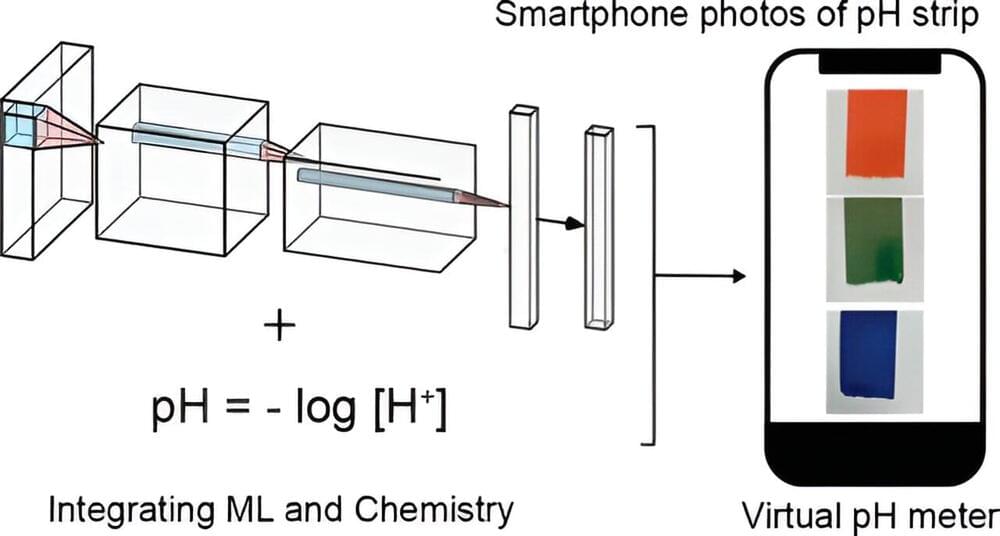While evolutionary psychology can be incredibly useful in explaining much of modern mating and dating preferences, it fails, in my opinion, to adequately appreciate the influence of status on intersexual dynamics. The standards of attractiveness fluctuate (somewhat) from generation to generation and from culture to culture; however, what remains constant is the collective selection of some subset of partner traits considered to be “desirable.” Attracting a partner with more of these traits — irrespective of how arbitrary or superficial those traits might be — generally redounds to increased survival and prosperity.
Get the latest international news and world events from around the world.
Is a founding member of The Consilience Project and works in preventing global catastrophic risk
Having accurate sensemaking is a superpower in the 21st century. As the volume of information we need to sort through increases, the ability to distinguish signal from noise becomes ever more important. Given this, I wanted to ask Daniel exactly how he would advise someone to become an adept sensemaker. Expect to learn the characteristics that a good sensemaking agent should have, why the relationship between sense, meaning and choice making is so crucial, whether Daniel thinks that humanity is too emotional to reach our full potential, at what stage of personal actualisation we should begin to help the world and much more…
Understanding the Biological Differences Between Men and Women
Dr Carole Hooven is Co-director of Undergraduate Studies in the Department of Human Evolutionary Biology at Harvard University and an author. Testosterone is a hell of a drug. It causes many things to happen in both men and women. But it’s dividing opinion even more than it’s dividing the sexes. This isn’t great for calming conversations, bridging differences or finding common ground however it’s a fascinating topic to dig into. Expect to learn what it’s like for women who go on testosterone to feel what male sex drive is like, why male deer in Scotland grow antlers and fight their best friends for a few months every year, whether maternal instinct is a myth, why testosterone even exists at all, the differences between male and female orgasms, whether sex is a spectrum and much more…
Arnold Schwarzenegger’s Insights on Equality, Inclusivity, and Success
Ryan speaks with Arnold Schwarzenegger on how to be useful while we still have the time, the mental, physical and psychological benefits to nurturing the mind and body, keys moments during his bodybuilding career, running for governor and more… Arnold Schwarzenegger is an Austrian and American actor, businessman, filmmaker, former politician, and former professional bodybuilder best known for his roles in high-profile action movies. He served as the 38th governor of California from 2003 to 2011 and was among Time magazine’s 100 most influential people in the world in 2004 and 2007. Be Useful: Seven Tools For Life is written with Arnold Schwarzenegger’s uniquely earnest, blunt, powerful voice. It takes readers on an inspirational tour through his toolkit for a meaningful life. Arnold shows us how to put those tools to work, in service of whatever fulfilling future we can dream up for ourselves. He brings his insights to vivid life with compelling personal stories, life-changing successes and life-threatening failures alike—some of them famous, some told here for the first time.

New high school curriculum teaches color chemistry and AI simultaneously
North Carolina State University researchers have developed a weeklong high school curriculum that helps students quickly grasp concepts in both color chemistry and artificial intelligence—while sparking their curiosity about science and the world around them.
To test whether a short high school science module could effectively teach students something about both chemistry—a notoriously thorny subject—and artificial intelligence (AI), the researchers designed a relatively simple experiment involving pH levels, which reflect the acidity or alkalinity of a liquid solution.
When testing pH levels on a test strip, color conversion charts provide a handy reference: more acidic solutions turn test strips red when a lot of acidity is present and turn test strips yellow and green as acid levels weaken. Test strips turn deep purple when liquids are highly alkaline and turn blue and dark green as alkaline levels decline.
Dennett’s Quining Qualia Argument
In this famous article, Quining Qualia, Daniel Dennett argues against property dualist views that advocate for the existence of qualia. This is part of Prof…
Neuroscience Beyond Neurons: bioelectricity underlies the collective intelligence of cellular swarms
This is a talk I gave to a neuroscience audience for the Harley Hotchkiss Memorial Lecture at the Canadian Centre for Behavioural Neuroscience at the Univers…
Graziano’s Attention Schema Theory, part 2
Professor Matt McCormick’s second lecture for Philosophy of Mind, Phil 153, at California State University, Sacramento, about Michael Graziano’s Attention Sc…
Graziano’s Attention Schema Theory part 1
Professor Matt McCormick’s lecture for Philosophy of Mind, Phil 153, at California State University, Sacramento, about Michael Graziano’s Attention Schema Theory of Awareness.